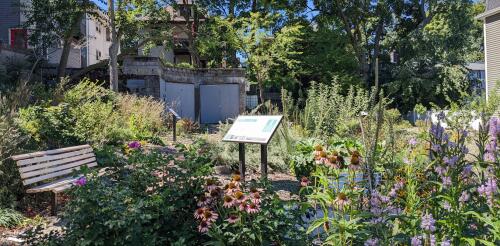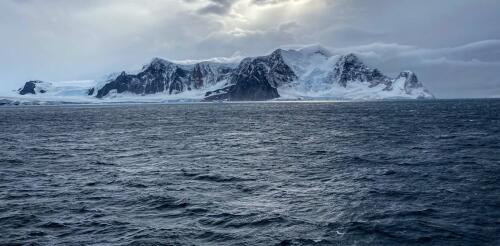Climate change
When a powerful storm flooded neighborhoods in Fort Lauderdale, Florida, in April with what preliminary reports show was 25 inches of rain in 24 hours, few people were prepared. Even hurricanes rarely drop that much rain in one area that fast. Residents could do little to stop the floodwater as it spread over their yards and into their homes. Studies show that as global temperatures rise, more people will be at risk from such destructive flooding – including in areas far from the coasts that rarely faced extreme flooding in the past. In many of these communities, the people at greatest risk of harm from flash flooding are low-wage workers, older adults and other vulnerable residents who live in low-lying areas and who have few resources to protect their properties and themselves. I study the impact of extreme weather on vulnerable communities as an assistant professor of social work. To limit the damage, communities need to know who is at risk and how they can be better...
More than half of all people on Earth live in cities, and that share could reach 70% by 2050. But except for public parks, there aren’t many models for nature conservation that focus on caring for nature in urban areas. One new idea that’s gaining attention is the concept of food forests – essentially, edible parks. These projects, often sited on vacant lots, grow large and small trees, vines, shrubs and plants that produce fruits, nuts and other edible products. Atlanta’s Urban Food Forest at Browns Mill is the nation’s largest such project, covering more than 7 acres. Unlike community gardens or urban farms, food forests are designed to mimic ecosystems found in nature, with many vertical layers. They shade and cool the land, protecting soil from erosion and providing habitat for insects, animals, birds and bees. Many community gardens and urban farms have limited membership, but most food forests are open t...
Over the past two years, a drumbeat of calls for reforming the World Bank has pushed its way onto the front pages of major newspapers and the agenda of heads of state. Many low- and middle-income countries – the population the World Bank is tasked with helping – are falling deeper into debt and facing growing costs as the impacts of climate change increase in severity. A chorus of critics accuse the World Bank of failing to evolve to meet the crises. The job of leading that reform now falls to Ajay Banga, an Indian American businessman and former CEO of Mastercard who was nominated by President Joe Biden to replace resigning World Bank President David Malpass. Banga, the only candidate for the job, was confirmed by the World Bank’s executive directors on May 3, 2023. His five-year term as president begins on June 2. Ajay Banga is a former Mastercard CEO, past chair of the International Chamber of Commerce and an Amer...
Spring is planting time for home gardeners, landscapers and public works agencies across the U.S. And there’s rising demand for native plants – species that are genetically adapted to the specific regions where they are used. Native plants have evolved with local climates and soil conditions. As a result, they generally require less maintenance, such as watering and fertilizing, after they become established, and they are hardier than non-native species. Many federal, state and city agencies rank native plants as a first choice for restoring areas that have been disturbed by natural disasters or human activities like mining and development. Repairing damaged landscapes is a critical strategy for slowing climate change and species loss. But there’s one big problem: There aren’t enough native seeds. This issue is so serious that it was the subject of a recent report from the National Academies of Sciences, Engineering and Medicine. The study found an u...
Looking out across the Southern Ocean near Antarctica, I can see whales and seabirds diving in and out of the water as they feed on sea life in the lower levels of the food web. At the base of this food web are tiny phytoplankton – algae that grow at the ocean surface, taking up carbon from the atmosphere through photosynthesis, just as plants on land do. Because of their small size, phytoplankton are at the mercy of the ocean’s swirling motions. They are also so abundant that the green swirls are often visible from space. Typically, phytoplankton remain near the surface of the ocean. Some may slowly sink to depth because of gravity. But in the turbulent Drake Passage, a 520-mile-wide (850 km) bottleneck between Antarctica and South America, something unusual is happening, and it has an impact on how the ocean takes carbon dioxide – the main driver of global warming – out of the atmosphere. A satellite image capt...




